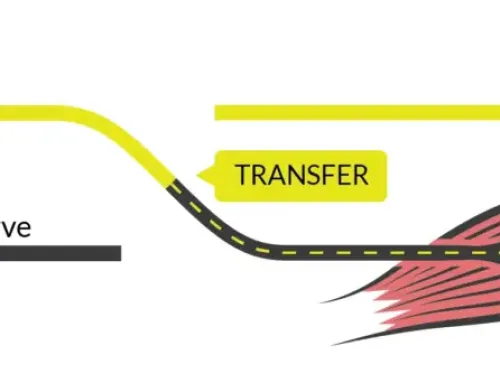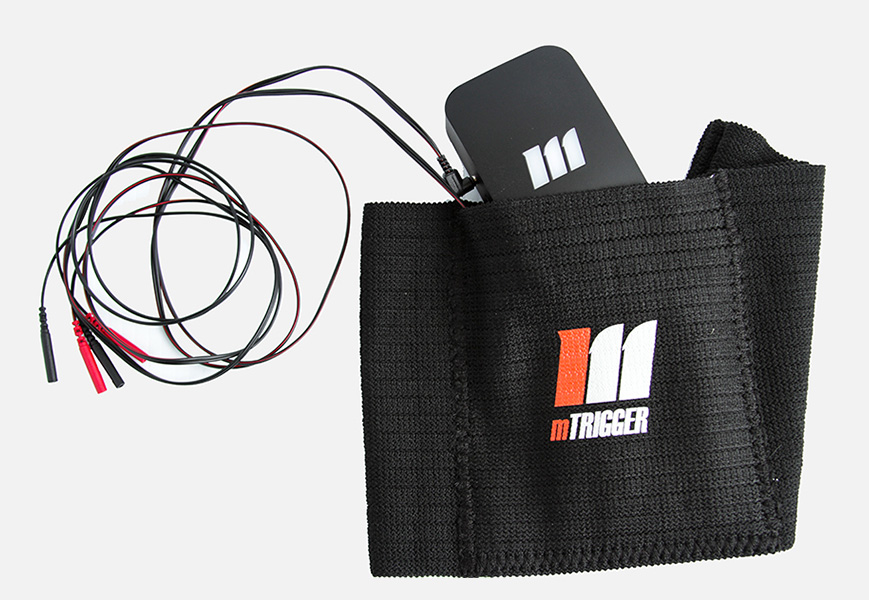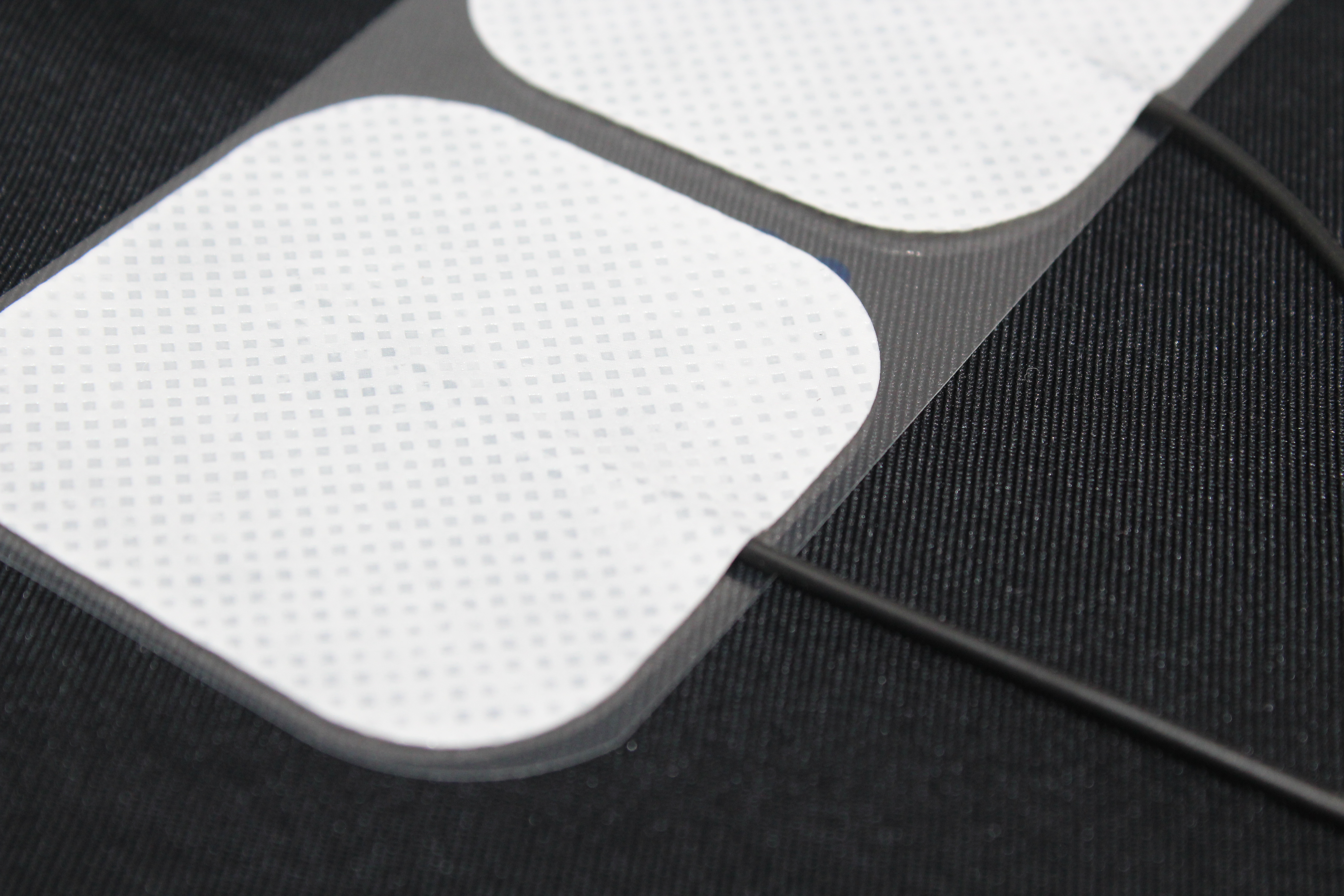By Russ Paine, PT | Originally featured on MikeReinold.com
Return to sport is a hot topic in rehab right now. It’s difficult to determine if the athlete is ready to return to sport. There are many obstacles when assisting your athlete towards their ultimate goal of returning to sport with pre-injury level of performance.
Too often, a shift is made during the rehabilitation process to more functional activities and reduced emphasis on strengthening. If your patient continues to possess a decreased EMG signal compared to their normal side, it will be highly unlikely that they will be able to resume the pre-injury level of function. In this example, a study of post-ACL-reconstruction re-injury rates demonstrates that simple return to sport criteria, including symmetrical level of neuromuscular function, can drastically reduce re-injury.
With biofeedback, we have a tool that makes certain that we have completed one of the early critical steps in the process of rehabilitation – restoring and measuring normal neurological function of the inhibited muscle group. Athletes are a particularly motivated group, and with the assistance of improved awareness of performance, competitive spirits, and the desire for tangible outcomes, they are the perfect candidates for the use of biofeedback monitoring. Don’t allow decreased EMG function to be one of the obstacles that to continues to linger for your athletes.
For more on this topic, see our blog post The Value of EMG in Analysis and Return to Sport.
Thanks for joining us in this series!
|
Approx. 5 min. read
Let us know what you’d like to see more of on our blog by commenting below or getting in touch.








Leave A Comment